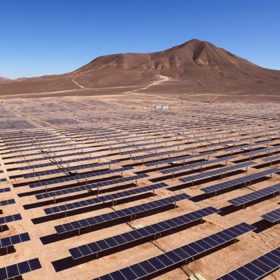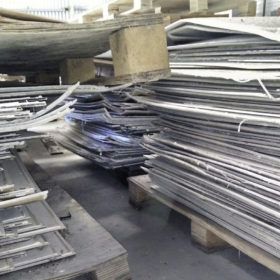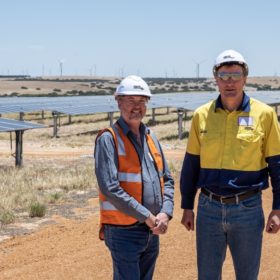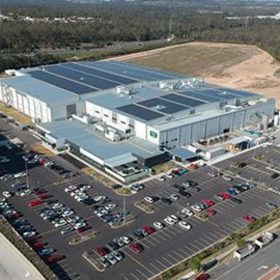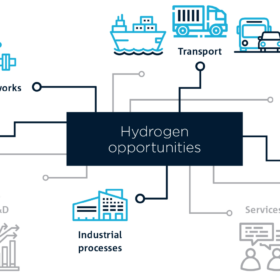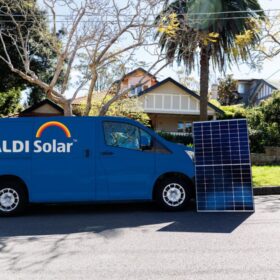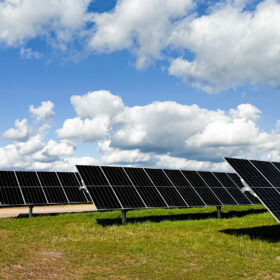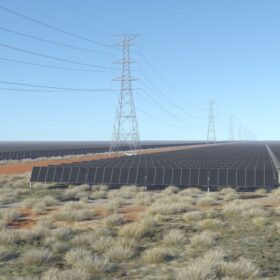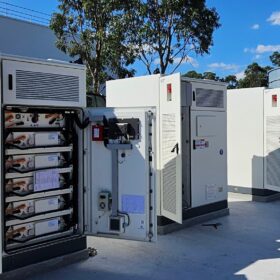Victoria proposes cuts to minimum feed-in tariffs
Victoria’s Essential Services Commission has proposed electricity retailers should offer PV owners the option to choose between a single rate feed-in tariff and a time-varying feed-in tariff, and set lower minimum rates for both.
Pernod Ricard becomes first Australian winemaker to switch to 100% renewables
All of the winemaker’s Australian sites are now using renewable electricity thanks to the completion of the nation’s largest combined winery solar installation and a 10-year power purchase agreement to source renewable electricity.
Solar PV a great bulwark to summer blackouts, says AEMO
The release of AEMO’s 2019/20 Summer Readiness Report has set the scene for another summer of excessive heat and risk for the grid. However, AEMO has stressed the importance of the influx of solar PV to the grid.
Another Riverina solar project gets go-ahead
The 90 MW West Wyalong Solar Farm has become the latest addition to the swelling solar PV pipeline in the Riverina region having secured the NSW Government’s approval.
Assessing metal leaching from PV modules dumped in landfill
An Indian research team has analyzed around 300 scientific studies about PV panel waste containing carcinogenic metals. The researchers said solar module recycling is not economically profitable and policy support is necessary to avoid panels being dumped in landfill.
APA opens new solar farm in its Western Australian renewables precinct
Gas pipeline giant APA Group has formally opened a 19.25 MW Badgingarra Solar Farm in Hill River, Western Australia. The project is colocated with a 130 MW wind farm.
Survey finds Australians lack solar understanding, industry to step up
A recent survey commissioned by Redback Technologies has found that almost a third of Australians lack understanding of solar, another barrier to the adoption by Australians of integrated solar and battery systems. pv magazine Australia sat down with Redback Technologies CEO Patrick Matweew to discuss.
Meat production facility installs Australia’s second biggest rooftop PV array
A $280 million meat production recently unveiled by Hilton Foods Australia in south-east Queensland, is sporting one of the country’s biggest rooftop solar arrays.
Star Wars’ Death Star with PV modules could surpass global energy needs by 10 times
EOn has calculated the number of PV modules that could theoretically be installed on the Imperial space station from the popular film series. It concluded that even a small version of the station would be able to provide enough solar power to supply 2.5 billion households on Earth.
CSIRO calls for more research to unlock $11 billion hydrogen potential
The national science agency, CSIRO, has mapped the critical research steps Australia must take to realise a potential 7600 jobs and $11 billion a year by 2050 from the burgeoning hydrogen industry.



